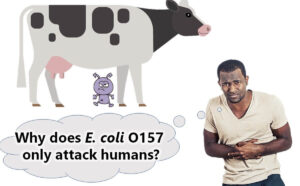When studying food microbiology, it’s easy to focus solely on pathogenic microorganisms and their impact on humans. However, this perspective misses the bigger picture. In this article, we’ll explore humanity’s place in Earth’s 4-billion-year microbial history and challenge the human-centric view of microorganisms.
Introduction
When it comes to food microbiology, we often view pathogenic microorganisms as adversaries to humans. However, this perspective is limited and overlooks the broader context of Earth's history. This article provides a new perspective by examining the relationship between microorganisms and humans through the lens of Earth's 4-billion-year timeline.
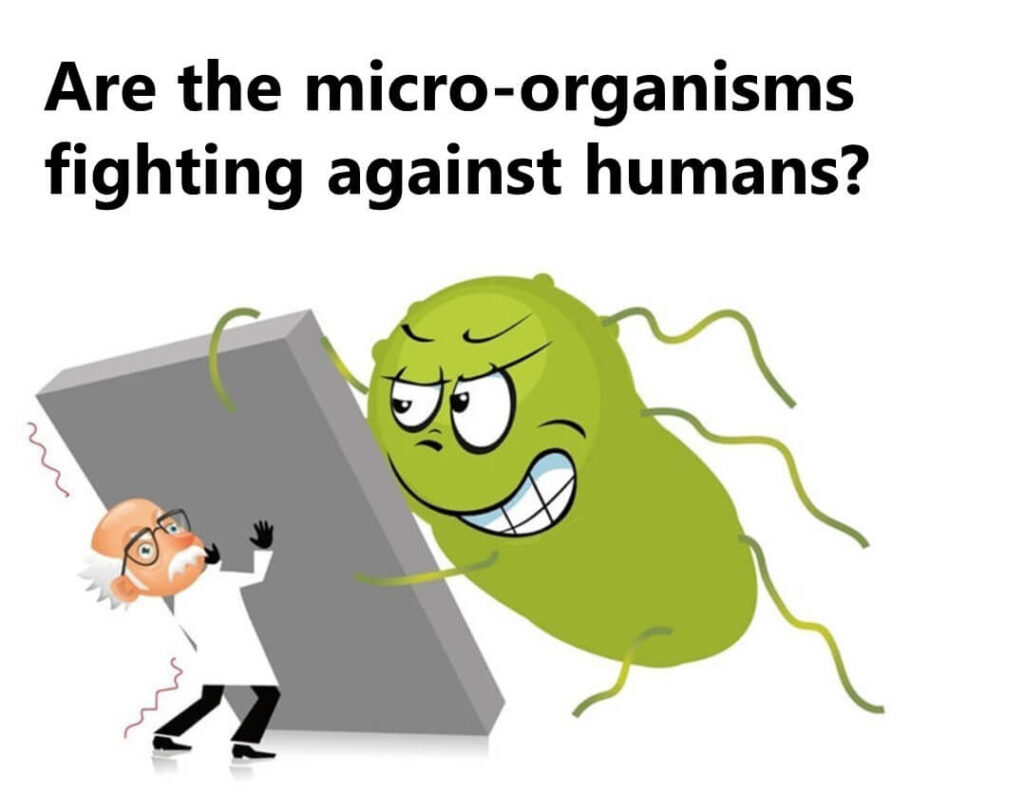
Microorganisms: Earth's Earliest Inhabitants
Imagine Earth’s history as a single year. Life first emerged 3.8 billion years ago, on what would be January 1st. Photosynthetic cyanobacteria, which played a key role in oxygenating the atmosphere, appeared in April. Eukaryotes, the ancestors of all complex life, emerged in June. By November, fish populated the oceans, and life began to flourish on land.
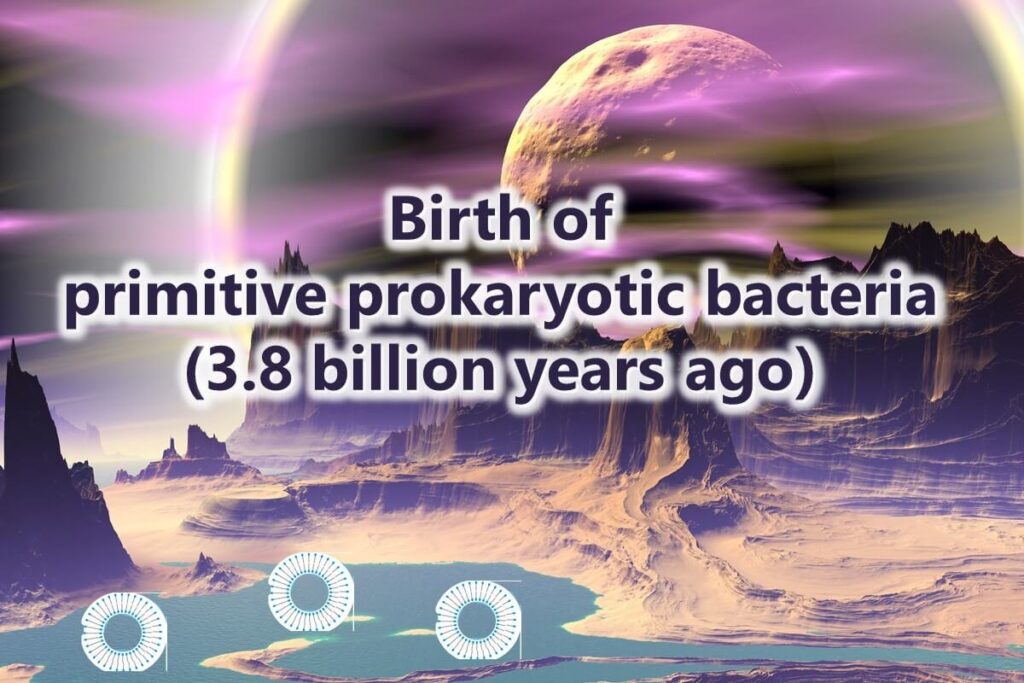
The reign of dinosaurs began around December 10th, dominating the Earth for millions of years. Fast forward to December 25th at midnight, and we see the emergence of the ancestors of today’s cows and pigs.
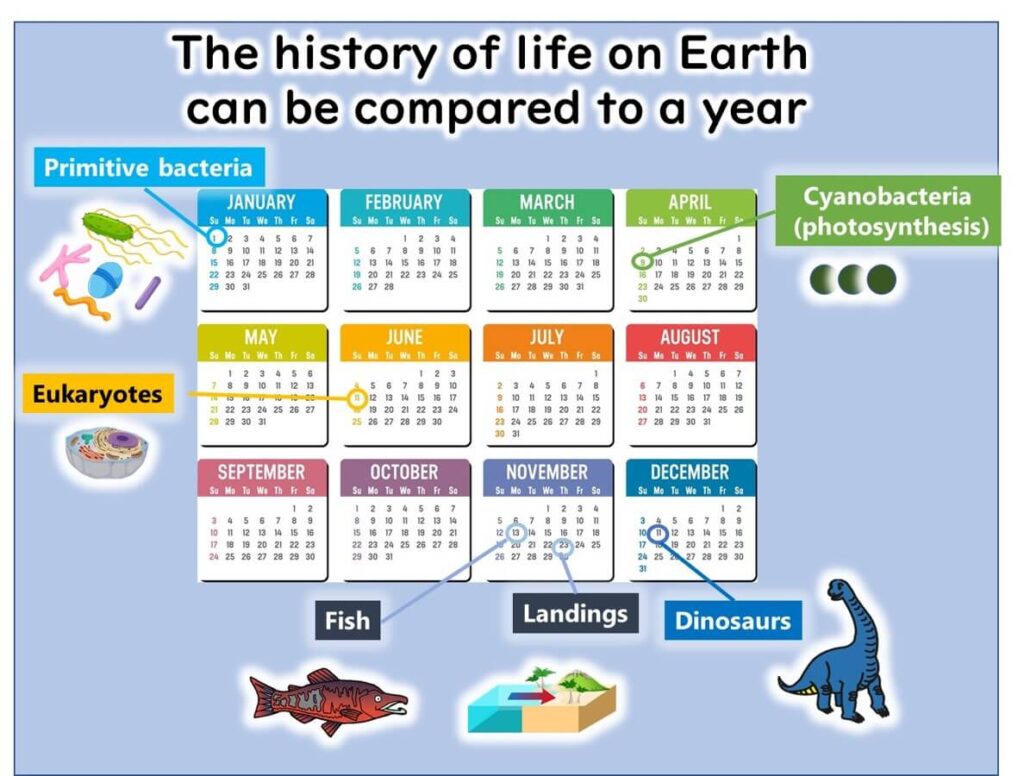
Humanity, however, only appeared a mere million years ago—equivalent to 9 pm on New Year’s Eve.
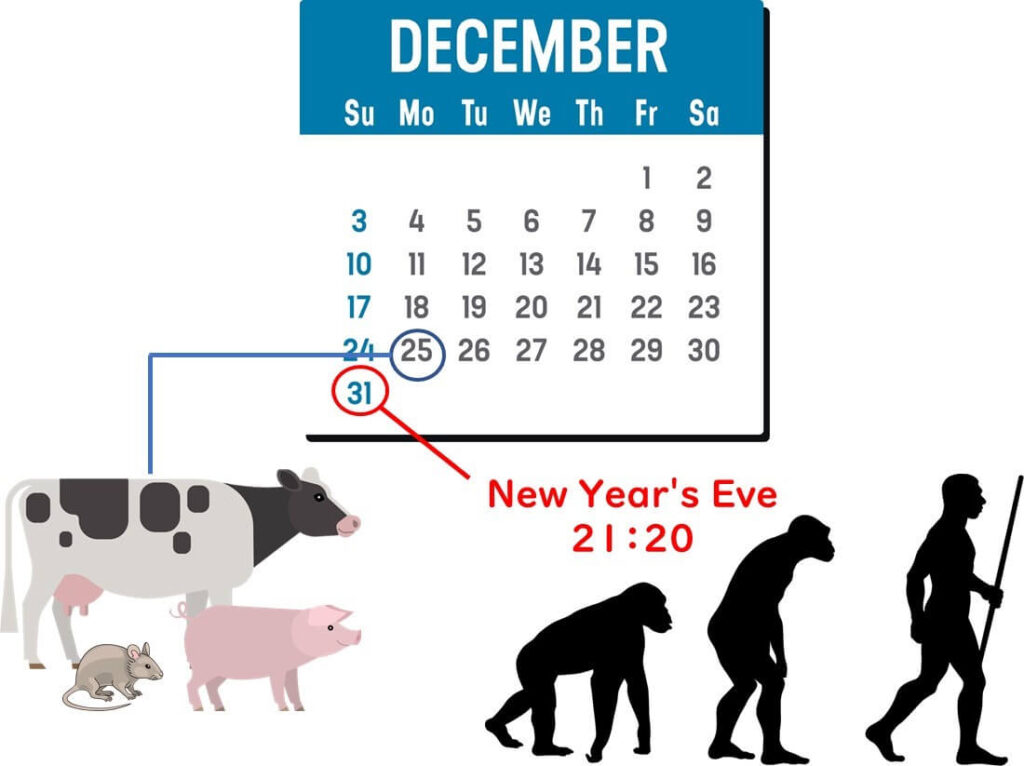
A Microbial Perspective
To understand this timeline from a microbial perspective, think of microorganisms as high school seniors. These microbes have been thriving for billions of years, while humans—recent "freshmen"—only entered the school at 9 pm on the last day of the year. From the microbes’ point of view, our existence is barely noticeable, akin to a fleeting moment in time.

In terms of microbial history, a single century is just one second. The 20th century, with all its advancements in microbiology and food safety, represents a mere 20 seconds in the countdown to the New Year.
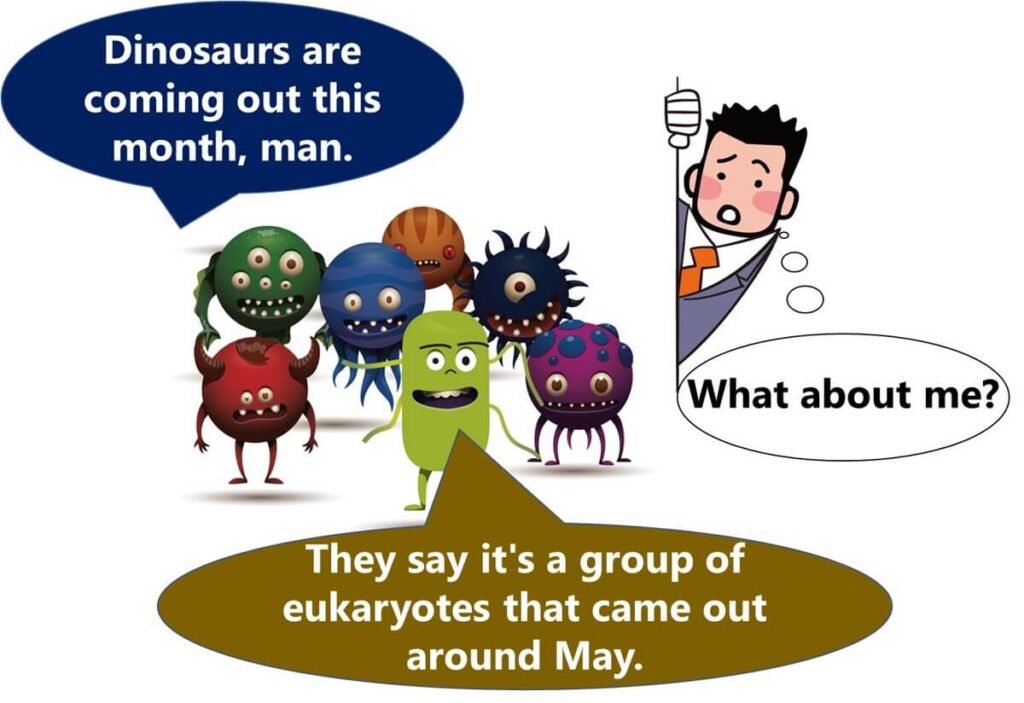
Reconsidering the Human-Centric View
Humans often perceive microorganisms as competitors or threats, but this view ignores the vast timescale during which microbes have shaped the Earth’s ecosystems. By broadening our perspective, we can appreciate that microorganisms are not “targeting” humans—they are simply continuing their ancient existence, adapting as necessary.
Conclusion
Understanding the history of life on Earth reminds us that our human-centric perspective in microbiology is both biased and limited. Microorganisms have existed for billions of years, contributing to Earth's ecosystems in ways we are only beginning to understand. Recognizing this broader context can help us better appreciate the role of microbes in our world and rethink how we approach food microbiology.
